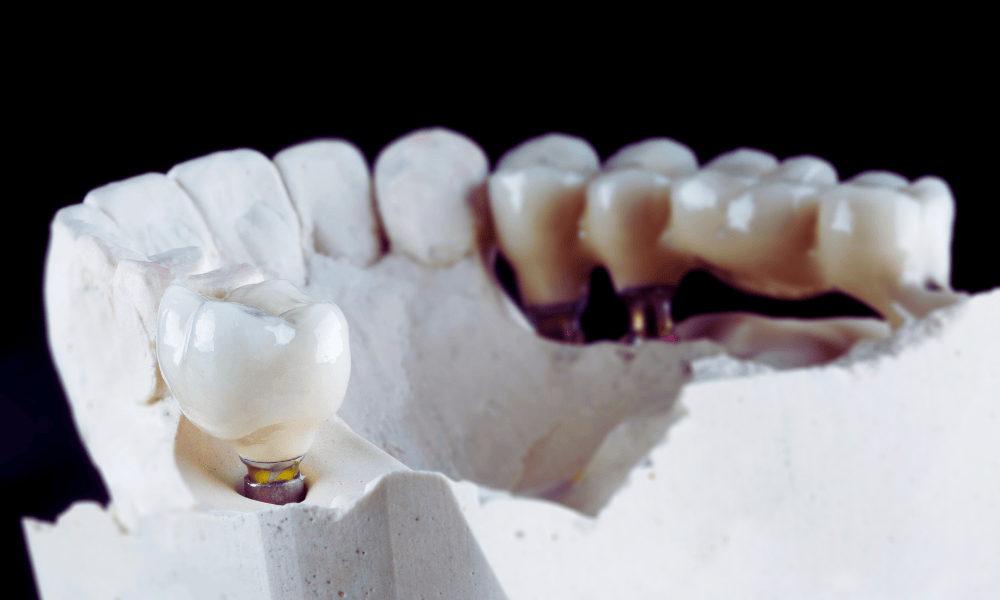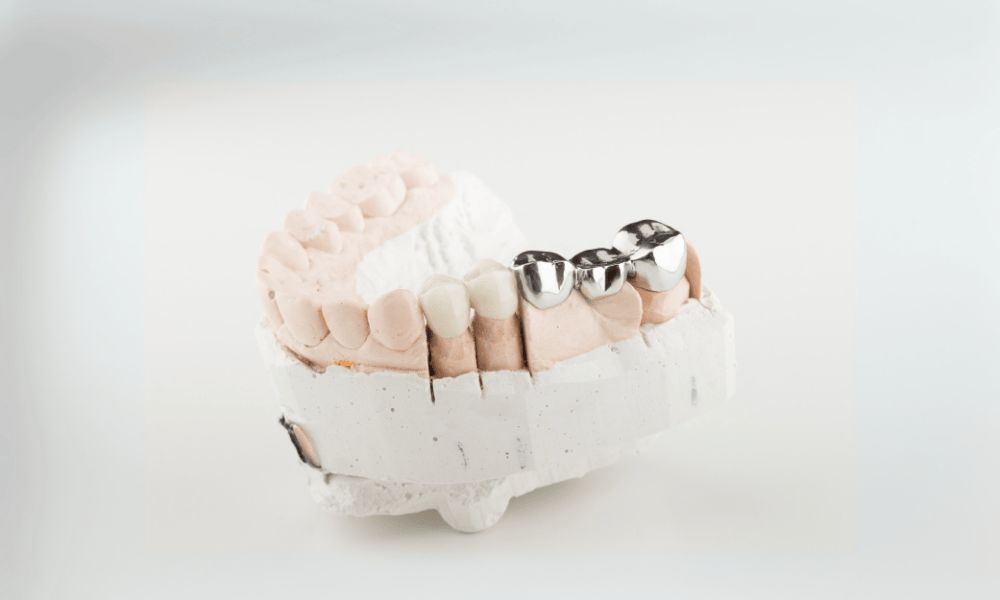Restore your smile with dental bridges at Todays Dental Greenville
Dental bridges are fixed prosthetic devices used to replace one or more missing teeth. They restore the function and appearance of your smile by bridging the gap with artificial teeth supported by natural teeth or implants. A dental bridge not only enhances aesthetics but also prevents surrounding teeth from shifting.
Curious about dental bridges? Learn more about their benefits and whether they’re the right option for you. Contact us today for a personalized consultation.

Types of Dental Bridges
Dental bridges come in various types to address different needs:
- Traditional Bridges: The most common type, supported by crowns on adjacent teeth.
- Cantilever Bridges: Used when there’s only one supporting tooth adjacent to the gap.
- Maryland Bridges: Made of porcelain or metal frameworks bonded to the back of neighboring teeth.
- Implant-Supported Bridges: Anchored by dental implants for enhanced stability and longevity.
Not sure which type of bridge is best for you? Our experts can help guide your decision.

Benefits of Dental Bridges
- Restore Functionality: Improve your ability to chew and speak clearly.
- Maintain Facial Structure: Prevent facial sagging caused by missing teeth.
- Prevent Shifting: Keep neighboring teeth in their correct positions.
- Enhance Aesthetics: Achieve a complete, natural-looking smile.
Ready to experience these benefits? Schedule your consultation today.
How Long Do Dental Bridges Last?
Dental bridges are a durable solution, typically lasting 10-15 years or more with proper care. Routine dental check-ups and good oral hygiene are essential for longevity.
Thinking about a dental bridge replacement? Our team ensures your new bridge fits perfectly and restores full functionality.

Caring for Dental Bridges
Proper care is crucial to extend the life of your dental bridge:
- Maintain Oral Hygiene: Brush and floss daily, focusing on the bridge area to prevent plaque buildup.
- Use Interdental Brushes: Clean hard-to-reach areas under the bridge effectively.
- Avoid Hard Foods: Reduce stress on the bridge by avoiding overly hard or sticky foods.
Choosing the Right Dental Solution
Unsure if a dental bridge is the best solution for you? Our team in Greenville, offers comprehensive evaluations to help you decide between dental bridges, implants, or other options tailored to your needs.
Take the first step toward a restored and confident smile today.
Why Trust Todays Dental Greenville for Your Dental Bridges?
Experienced Care
Our team stays up-to-date with the latest treatments for your best care.
Sanitation & Safety
We follow strict sterilization protocols for your protection.
Comfort
Enjoy a relaxed, stress-free atmosphere during your visit.
State-of-the-Art Technology
We use advanced tools for effective, efficient treatment.
Personalized Approach
Treatment tailored to your unique dental needs for optimal results.
Frequently Asked Questions
Restore Your Smile with Custom Dental Bridges!
Visit the top dental clinic near you at Todays Dental Greenville. Schedule your consultation today for high-quality dental bridges that look and feel natural.
Call us today or fill out our online form to get started!





